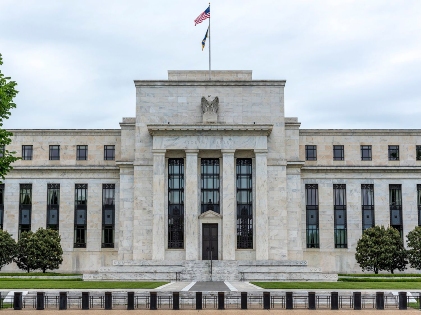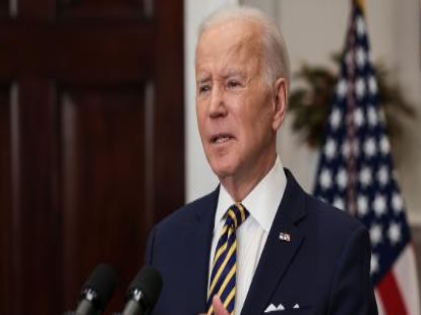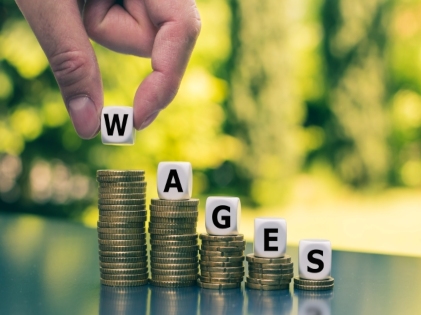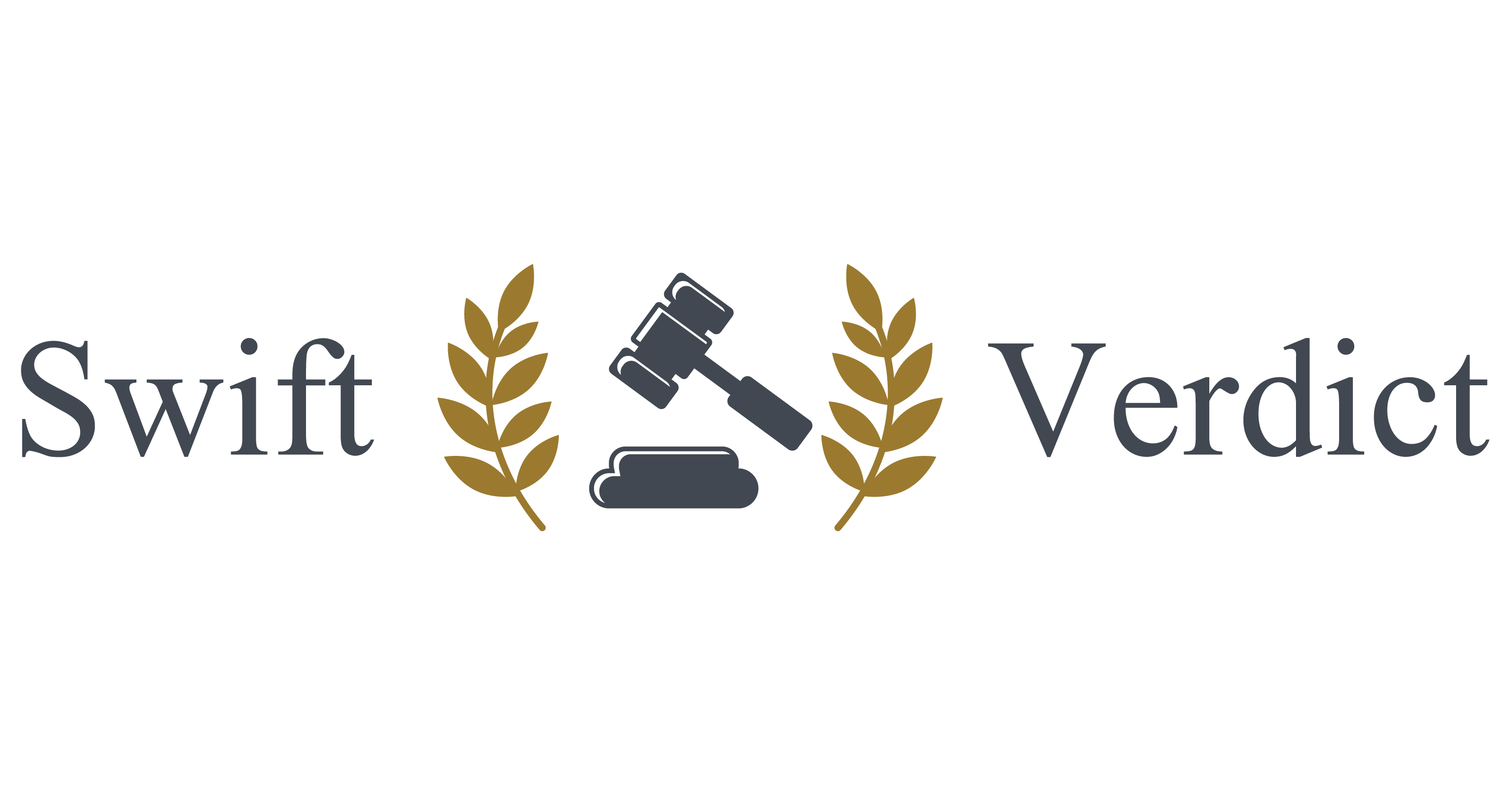The state of employment in the United States has been very erratic and unprecedented with the pandemic changing a lot of things in the equation. There has been an upward trend in employment growth since February 2022 as the restrictions related to covid begin to ease.
Experts claim that there was a 3.8 percent decline in the unemployment rate since February as 678,000 were hired by different employers. This is because there has been an influx of customers and workers ever since life started returning to normal. There has also been a push by the unions to promote organized labor. However, they have met with severe pushback by many sectors, especially the private sector.
Can Employers Be Pressurized Into Doing the Right Thing?
 When it comes to wages and salaries, a shortage in the supply of laborers has been pushing the pay scale upward. However, the recent rise in inflation is bound to put pressure on the Federal Reserve. Even as we observe the unemployment rate fall significantly post-pandemic, laborers and workers aren’t seeing any significant gains. Another factor that could put more pressure on employers is the expected surge in the workforce with the graduating batch set to join the workforce.
When it comes to wages and salaries, a shortage in the supply of laborers has been pushing the pay scale upward. However, the recent rise in inflation is bound to put pressure on the Federal Reserve. Even as we observe the unemployment rate fall significantly post-pandemic, laborers and workers aren’t seeing any significant gains. Another factor that could put more pressure on employers is the expected surge in the workforce with the graduating batch set to join the workforce.
The latest news that has been surfacing in the Biden administration is that laborers are finding it quite hard to switch from one employer to the next one. This is coming in the way of them opting for a better pay scale. However, some experts also claim that the workers can gain some leverage with the labor market being tight.
In a recent report released by the Treasury Department, it has been stated that there is not much competition or pressure for the employers which puts them in a position of power. This is why a majority of them end up paying way lesser than they would, had there been any significant competition.
President Biden Takes Notice
 As a response to this, President Biden has instructed his administration to address this issue via executive order. A report was drafted by Biden’s administration which focused on recent economic trends and research on US’s economy. The report concluded that due to a severe lack of competition in the labor market, workers are getting paid fifteen to twenty-five percent lesser. This is because, ideally, a rise in a labor’s wage generally happens when they are offered better packages from other employers or when they switch jobs. The report also included the relevant and effective measures that the government will have to deploy to resolve this cap and induce healthy competition in the labor market.
As a response to this, President Biden has instructed his administration to address this issue via executive order. A report was drafted by Biden’s administration which focused on recent economic trends and research on US’s economy. The report concluded that due to a severe lack of competition in the labor market, workers are getting paid fifteen to twenty-five percent lesser. This is because, ideally, a rise in a labor’s wage generally happens when they are offered better packages from other employers or when they switch jobs. The report also included the relevant and effective measures that the government will have to deploy to resolve this cap and induce healthy competition in the labor market.
Will an Increase in the Minimum Wage Do Any Dood?
 Efforts are being made even in the face of unfavorable economic changes to balance the equation of power by empowering the laborers and taking the unfair power out of the employer’s hand. However, the workers at the bottom of the pyramid i.e., the outsourcers, janitors, guards, etc., and many other workers that work for a minimum wage are at the brunt of and the most vulnerable in the face of any potential adverse effect.
Efforts are being made even in the face of unfavorable economic changes to balance the equation of power by empowering the laborers and taking the unfair power out of the employer’s hand. However, the workers at the bottom of the pyramid i.e., the outsourcers, janitors, guards, etc., and many other workers that work for a minimum wage are at the brunt of and the most vulnerable in the face of any potential adverse effect.
There have been many suggestions by experts advising to raise the minimum wages. However, research has shown that increasing the minimum wage will have to be significant to cause any positive effect on the unemployment rate of the number of jobs in the economy.
What is Causing this Lack of Competition?
A factor that has played a major role in lowering competition in the labor market and the overall wage growth in the economy is mergers and acquisitions. One such instance is that the mergers have lowered the total number of hospitals in the United States by 15% since 1975 and thus affected the wage growth and the number of open vacancies of employees.
Many people blame the persistence of anticompetitive practices and the lack of worker unions in the economy for the lack of competition that we see today. Having said that, even if anticompetitive practices exist in the economy the employee in question can always demand an increase in their wage as fair compensation. In addition, as far as worker unions are considered, they are irrelevant in today’s time as only 6% of employees from the private sector are a part of one.
In a nutshell, even if we can’t debate that the overall competition today is lesser than how it was back in the day, we cannot deny the fact that the competition in the labor market is significantly and alarmingly low and it is adversely affecting the pay scale of many employees.




